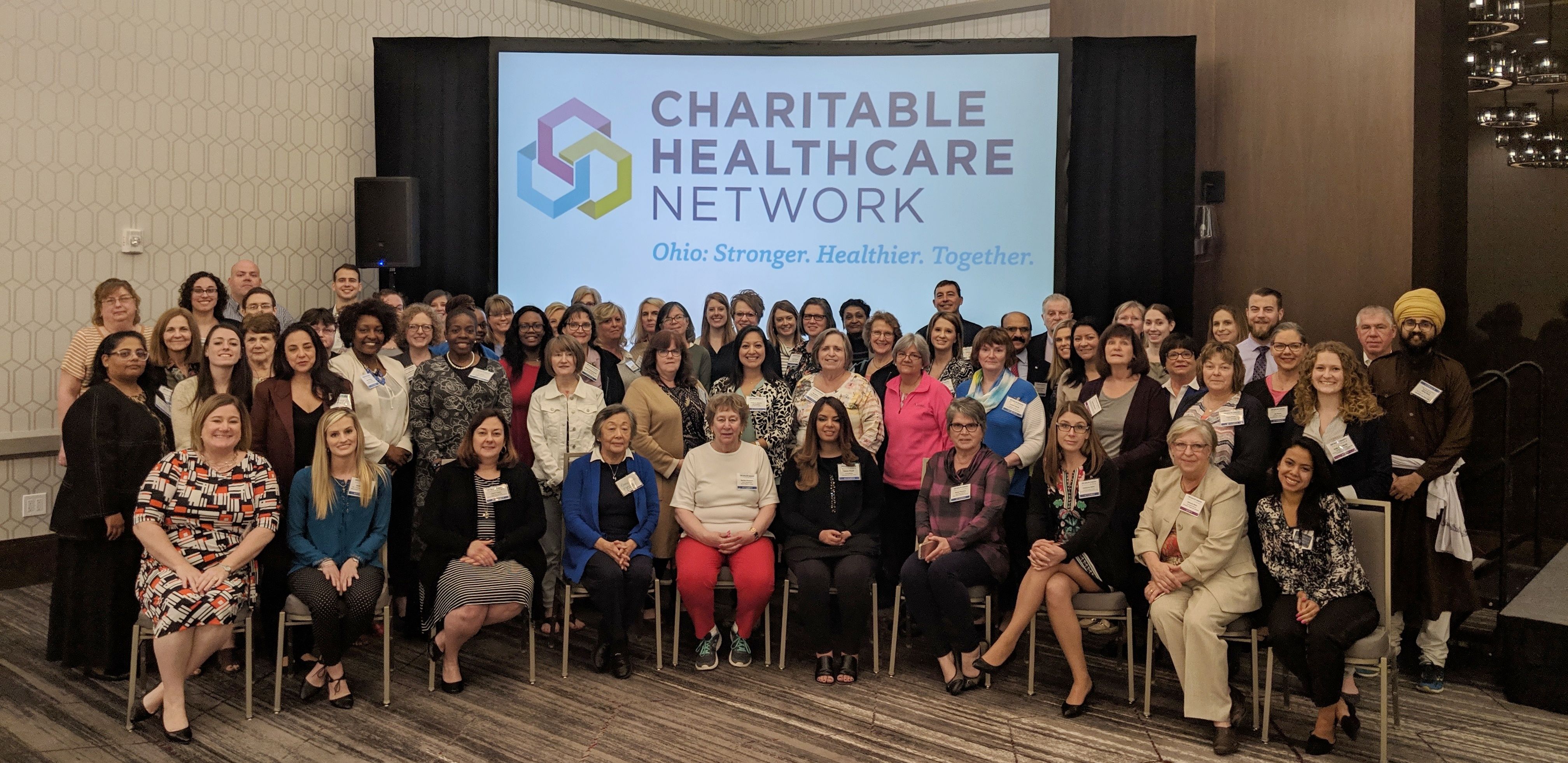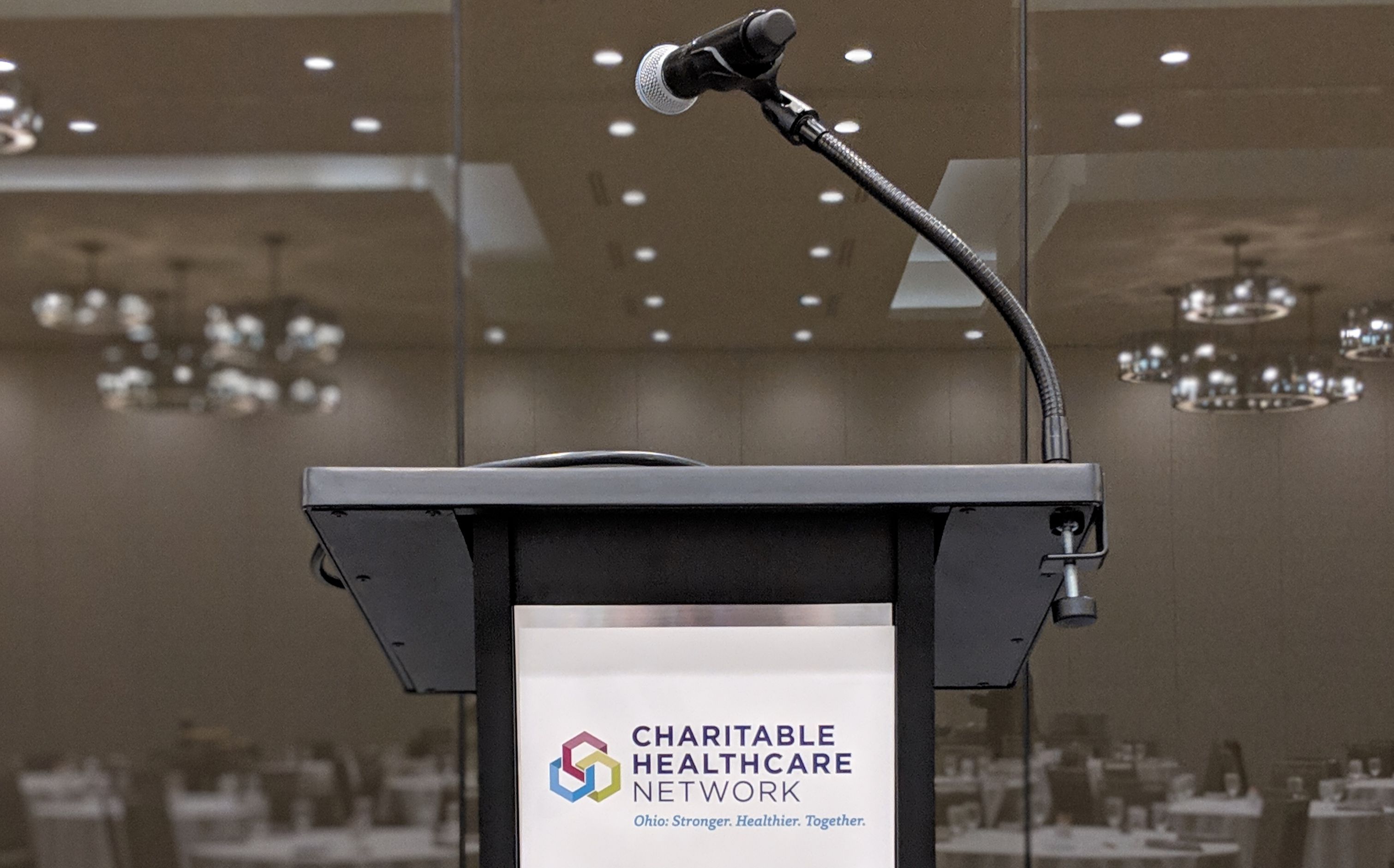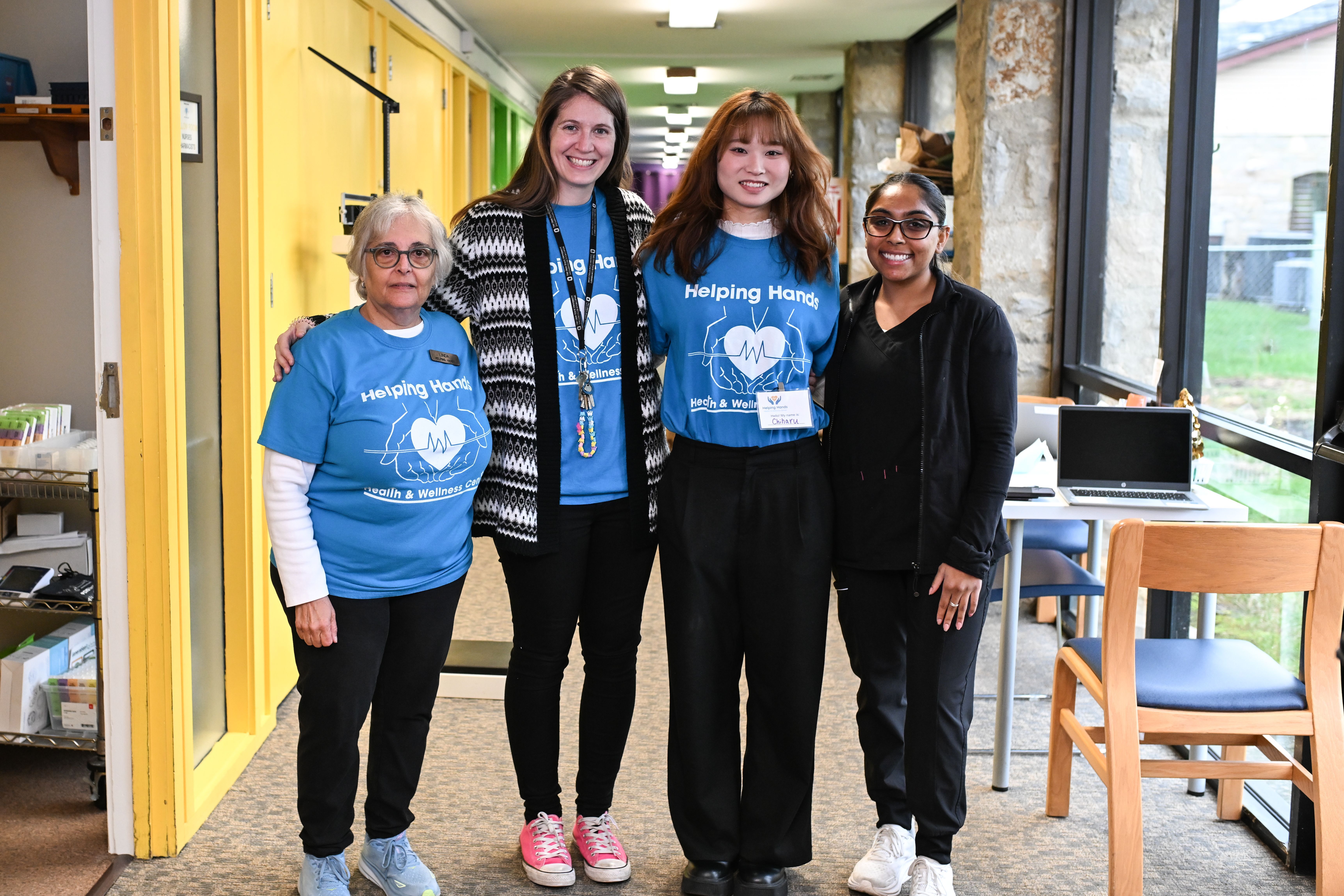
Diabetes, heart checks, 300 prescriptions, all in an evening at Ohio rural health clinic
Full Article Credits to the Columbus Dispatch
CHILLICOTHE — For a few hours every Monday night, nestled in a tiny strip mall in downtown Chillicothe, the people at Hope Clinic of Ross County work hard to live up to its name.
Despite the rain on an unseasonably warm December evening, a line of patients forms out the door and down the sidewalk. When the doors open, they shuffle into the free health clinic's inviting lobby, only for others to fill up the space they left on the wet pavement.
The range of ailments and medication that the clinic's small-but-mighty team will treat and give out that night is wide. Allergies. Diabetes. An abscessed tooth. A follow-up appointment after a heart attack. A refill for blood-thinning medication. A woman with anxiety so severe, she throws up multiple times a day.
One woman, who drove about an hour from Scioto County, tells the receptionist she'd fallen face-first some weeks ago and been experiencing splitting headaches ever since.
"You're lucky because our bone and joint doctor is in tonight," the receptionist tells her."
As one of the 50-plus clinics in Ohio's Charitable Healthcare Network (CHN), Hope Clinic serves over a dozen primarily rural counties south of Columbus with medical and pharmacy care, free of charge. While CHN has urban and suburban-area clinics as well, rural health care is a specific chasm in Ohio's health care landscape that desperately needs to be filled.
"The folks that come see free clinics and the folks that seek care are working Ohioans, " said Jason Koma, executive director of CHN. "They're moms, they're dads, they're brothers, sisters. They are folks that just need a little bit of help and the need for that help has been growing."
Hundreds of thousands of rural Ohioans live in some form of health care desert, a geographic area where health needs can go partially or completely unmet due to a lack of facilities and providers, transportation barriers, high costs and more. While urban health care deserts also exist, for years, health outcomes and mortality rates for rural communities in Ohio have been in many ways worse than their urban counterparts, according to the Health Policy Institute of Ohio.
Small clinic, big to-do list
Leading the charge to help those folks is Karen Frey, Hope Clinic's director of nursing, armed with nearly 50 years of nursing experience, dedicated volunteers and a strong Christian faith.
"Nursing to me has always been a ministry," Frey told The Dispatch, a little misty-eyed as she talks about the profession she's dedicated most of her life to. "It's a calling."
The clinic is small, boasting five exam rooms along a single hallway, a narrow pharmacy space and a basic lab with a few extra rooms for staff breaks and an office. The packed lobby and hallways post faith-centered messages and dry-erase boards with handwritten instructions on where to go.
The clinic staff performs basic physicals, urinalysis and pregnancy tests. They treat viruses and infections, sprains and minor burns. They can draw blood, depending on who is working that day, and do some basic gynecological care and test for sexually transmitted diseases, among other services.
Medical supplies are tightly housed in an 8-foot-by-11-foot room and half a hallway overflowing with different bandages, wound care supplies, at-home blood pressure cuffs, glucometers and more. Plenty of the supplies go home with people on Monday nights, along with their medications. Patients call ahead through the week for prescriptions, usually resulting in 300 or more orders to fill in a short window.
The clinic has a rotation of five specialists who come in once per five Mondays, including a psychiatrist, a dermatologist and a podiatrist, among others. Some make appointments for the specialists, but most are walk-ins, and many are repeat patients.
The work is worth it, but tough, Frey said, not just because of the short hours and large number of people but getting patients to do preventative and follow-up care.
"One of the challenges with the patient population is just trust in the overall system," Frey explained, lamenting that patients will brush off lab tests or ignore referrals from the clinic, often out of fear of being charged or difficult past experiences.
"So many of them, they've been burned before in a health system," she said.
A heavy brick and a heavy bill
Jane Beekman is a 63-year-old mother and grandmother from Piketon, a roughly 35 to 45-minute drive from Chillicothe. She works part-time, isn't insured, and isn't old enough for Medicare. The combination wasn't ideal, but it worked well enough. She doesn't get sick, she said, and had no need for a doctor — until she suffered a massive heart attack in November.
"I was sitting at the house one day, and my grandson was there cause they just lived right over the hill," Beekman explained, when she felt what mimicked a heavy brick on her chest. "And I said, 'Nathan, you can go tell mom, if she wants to, she can take me to the doctor.'"
Beekman was taken to Southern Ohio Medical Center in Portsmouth, another 35 to 45-minute drive from Piketon. She had to have four stents put in her heart, and when she woke up, she had hundreds of thousands of dollars in medical debt.
"Would've been cheaper if they just let me die," Beekman said, a bitter nonchalance in her tone.
Beekman isn't an uncommon patient: A rural resident making long drives for care she can't afford or to seek care she can.
Before her heart attack, Beekman worked at a health center. They couldn't, and can't currently, treat her without insurance, so Hope Clinic is the place for her to get medications and follow-up appointments to ensure her heart is staying strong and healthy and that she isn't adding to a health care bill she has no idea how she'll pay.
But besides the free services, Beekman praised the clinic staff for their willingness to listen to people and answer questions and said she "wouldn't go anywhere else."
Samantha Hendrickson is The Dispatch's medical business and health care reporter. She can be reached at shendrickson@dispatch.com
Dispatch reporter Sheridan Hendrix contributed to this report.








